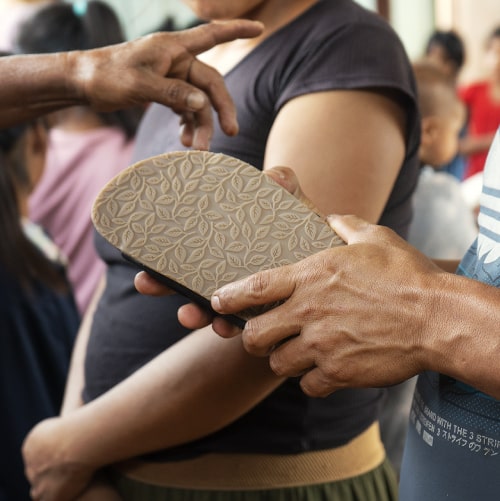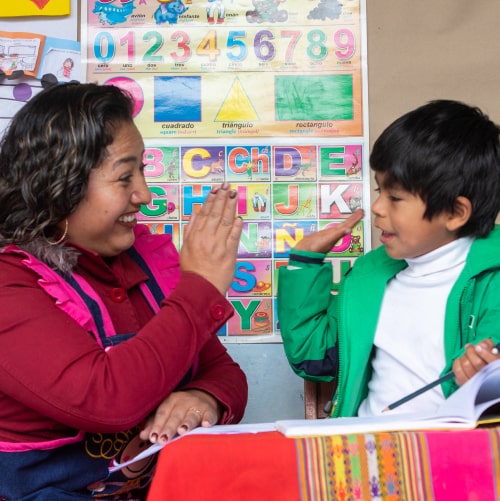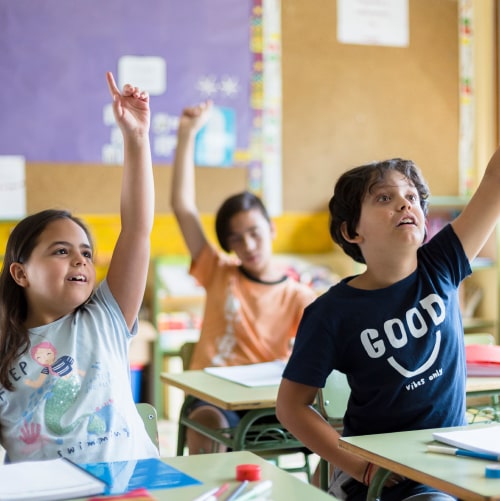In our exploration of cultural heritage and its ability to weave links between people, we have discovered a world of deep meanings that transcend the material and embrace the immaterial. Cultural heritage extends far beyond monuments, constructions and ancient objects. It delves into the very essence of who we are as individuals and communities, forging an identity that embraces the past, present, and future.
What is cultural heritage?
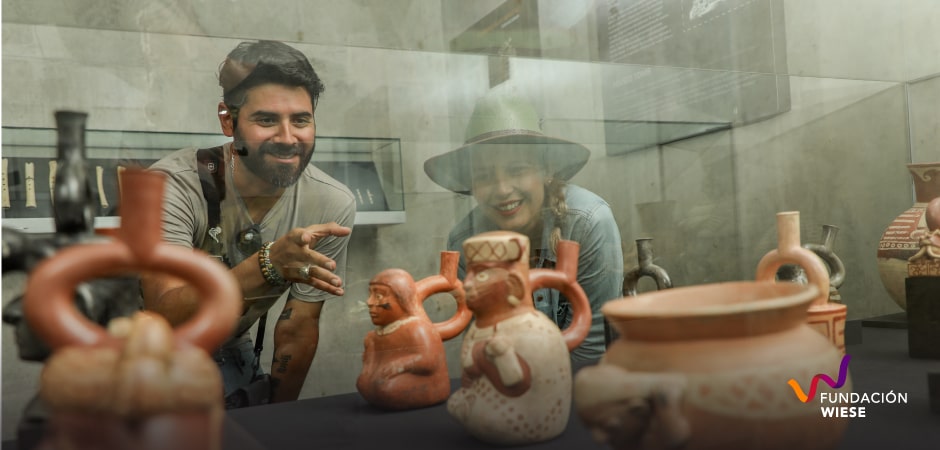
Cultural heritage is an expression of cultural identity that identifies us as a social group that we represent. It presents itself as an element of cohesion and is part of the collective memory. They are symbolic elements that can refer to tangible and intangible goods transmitted through generations, encompassing monuments and places of exceptional value from historical, aesthetic, ethnological and anthropological perspectives. This legacy is not limited to objects and structures, but also includes traditions, values, beliefs, and cultural expressions. Cultural heritage is fundamental to understanding our identity, both as individuals and as communities, and is strengthened through living experience and the connection to the past.
How are links generated between the cultural heritage and the people?
The links between the cultural heritage and the people are forged through an active and meaningful interaction with the shared heritage of our ancestors. More than a passive legacy, cultural heritage is a living part of our identity that lasts across generations and borders.
By exploring how these links are established, we can understand the importance of our heritage, as an element of social bonding, of shared memory, a source of cohesion and learning. In this process, the contribution of Dr. Sofía Chacaltana, an expert in Anthropology and Archaeology, states that the active reappropriation of our heritage plays a fundamental role in strengthening these ties. If you wish to explore the topic further, you can see here our full episode of Educational Dialogues where the doctor addresses the topic in depth.
Active exploration of archaeological sites and their relationship to the landscape
A key point for establishing meaningful links with the cultural heritage is the active exploration of archaeological sites. It is not just about taking a tour of historic ruins: it is about immersing oneself in the history that lies beneath one’s feet. By imagining the lives of those who inhabited these places, for example understanding the construction techniques and appreciating the beauty of ancient architecture, we connect deeply with the past. This experience not only helps us understand the importance of preserving these treasures, but it also establishes a personal bond with the history that they hold and presents itself as a learning venue for the present.
Reconnecting with the stories of our ancestors
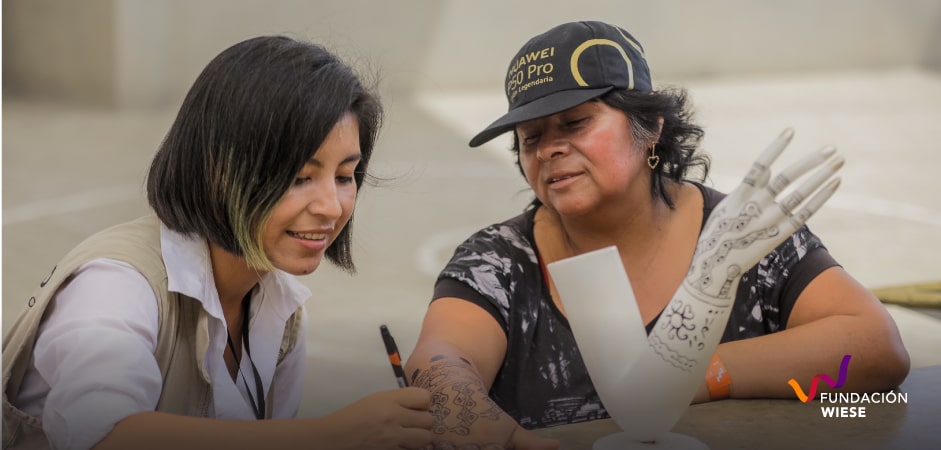
An essential part of building strong links with the cultural heritage lies in reconnecting with stories passed down from generation to generation. The oral history of the heritage plays a crucial role in preserving culture and identity. Listening to the narratives passed down by our ancestors, and contributing to these stories, allows us to keep our cultural heritage alive. These stories become a bridge between the past and the present, strengthening our connection to the heritage and giving it relevance in our current context. Together, these personal and collective histories constitute the pillars of a community’s cultural identity.
Identity and cultural heritage as interconnected elements
Our identity, both individual and collective, is closely intertwined with the cultural heritage. Cultural elements such as our language, religion, customs, values, creativity, history, dance and music define us as a community. By valuing and acknowledging these components, we establish a strong identification as members of a specific community and generate a shared sense of belonging. This sense of belonging can transcend the local ambit and contributes to the national identity, and ultimately, to the global identity.
Living heritage
It is crucial to understand that cultural heritage is neither static nor passive. Its existence is independent of its recognition or appreciation. Society, in its role as an active agent, shapes and values its cultural heritage by choosing specific elements for their conservation and promotion. Our identity is forged through this active interaction with the heritage.
Each generation has a responsibility to keep this dialogue between past and present alive, ensuring the preservation of the cultural legacy for the generations to come. Both the individual and collective contributions play a key role in enriching and safeguarding our cultural heritage.
With the purpose of generating and strengthening the links between the cultural heritage and the people, at the Wiese Foundation we have created the Educational Quality program, where we provide you with useful resources to that effect. We invite you to find out about it on our website.
You may also be interested in:
- Learn about “El Brujo in your school”: A new educational intervention by the Wiese Foundation in collaboration with the Regional Government of La Libertad and the UGEL (Local Education Regional Directorate) of Ascope
2. The Wiese Foundation launches the series “Know-hows of my community”, an initiative that seeks to revalue and preserve ancestral artistic expressions
3. School and Identity: Learn about the advances of the project in this new school year 2023




